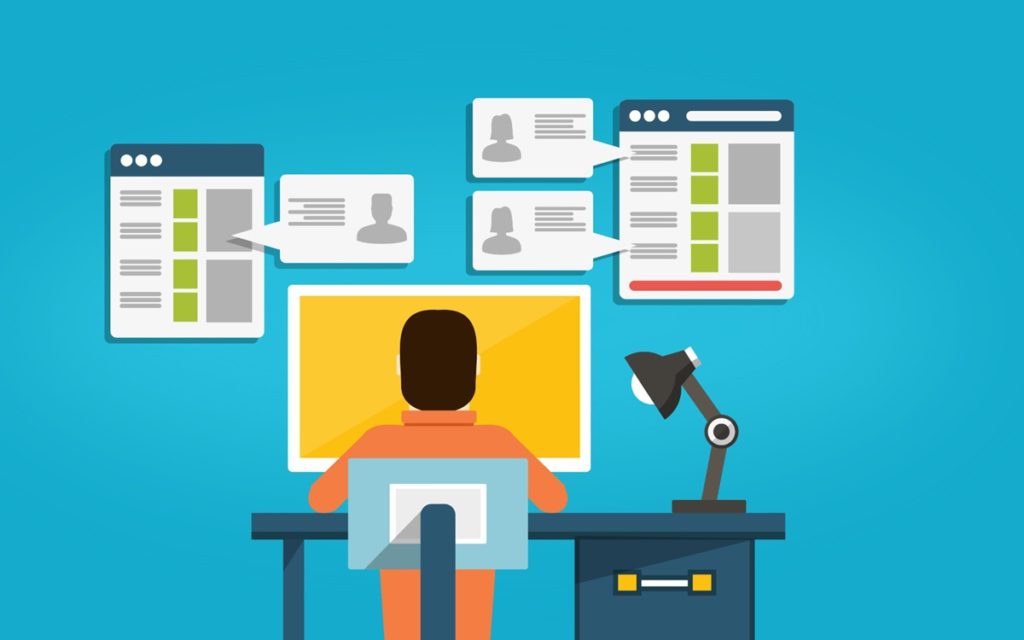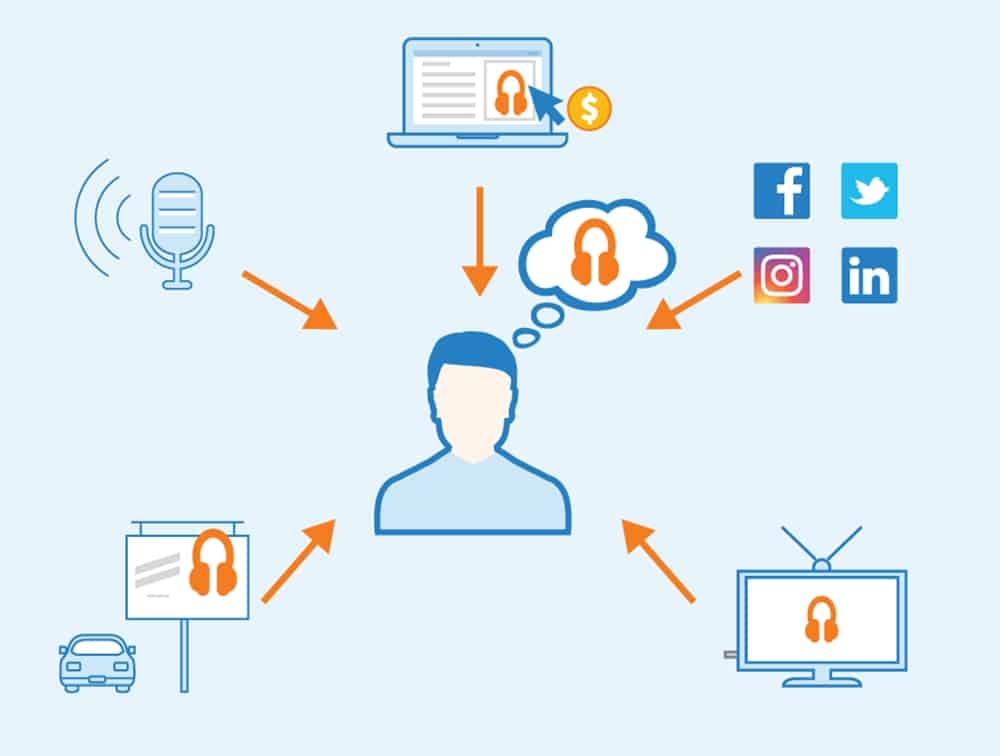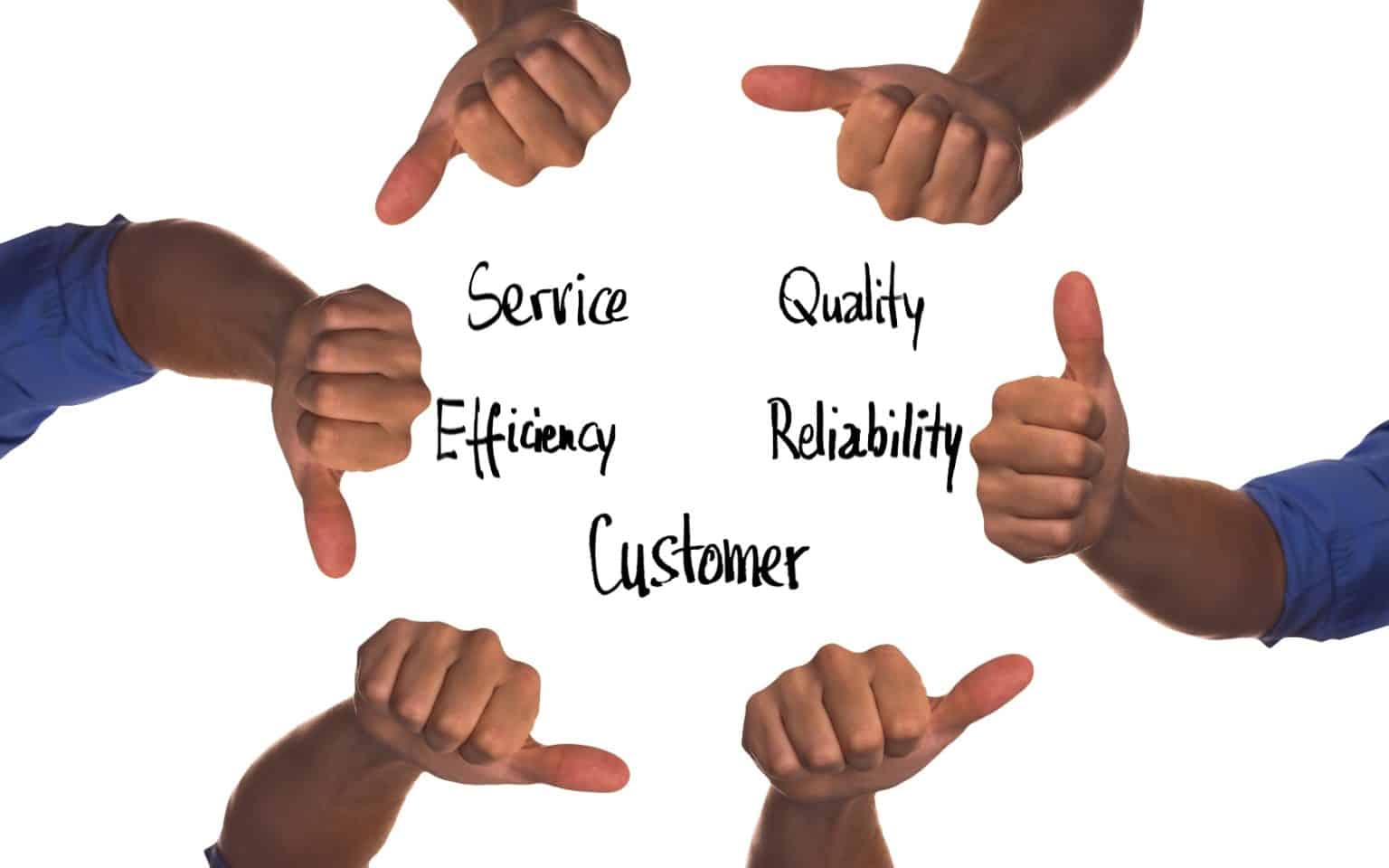In today’s dynamic business environment, customer acquisition is not only the lifeblood of a company’s growth but also the cornerstone of its long-term survival. Whether you’re an entrepreneur at the helm of a startup or a seasoned executive at a Fortune 500 corporation, understanding and optimizing the customer acquisition funnel is key to building a successful and sustainable business.
This guide dives deep into the intricacies of the customer acquisition funnel, presenting a comprehensive exploration of each stage, along with actionable strategies to enhance performance and boost conversions. By understanding the customer acquisition funnel, businesses can streamline their marketing and sales initiatives, improving not just customer acquisition, but customer retention and lifetime value as well.
What is the Customer Acquisition Funnel?
The customer acquisition funnel, also known as the sales funnel or marketing funnel, is a visual representation of the process that businesses go through to convert prospects into customers. It’s designed to illustrate the theoretical customer journey towards the purchase of a product or service.
This funnel is divided into several stages, each reflecting a different phase of the customer journey. While there might be some variations in naming or number of stages based on different business models and industries, a standard customer acquisition funnel includes the following stages.

1. Awareness
The awareness stage represents the very top of the funnel. This is when potential customers first become aware of your brand, products, or services. This awareness can be achieved through various marketing tactics, including search engine optimization (SEO), social media marketing, content marketing, and paid advertising.
To optimize this stage, you need to ensure that your marketing efforts are well-targeted. Understand your target audience’s demographics, needs, preferences, and behaviors. Use this information to create a marketing strategy that reaches out to your audience on the platforms they frequent and with messages that resonate with them.
2. Interest
After becoming aware of your business, a prospect may become interested in learning more about your products or services. At this stage, your goal is to foster this interest by providing valuable content that aligns with their needs and challenges. This can be achieved through blog posts, eBooks, webinars, newsletters, and social media content.
To optimize the Interest stage, consider segmenting your audience based on their interests and sending personalized content that addresses these specific interests. The more relevant and personalized your content is, the more likely your prospects are to engage with it.
3. Consideration
During the consideration stage, prospects are actively evaluating whether your product or service can meet their needs. They may be comparing your offerings to those of your competitors and looking for more detailed information about your products or services. It’s crucial to provide comprehensive information about your offerings and how they solve the customer’s problem.
To optimize this stage, use content like case studies, product demos, free trials, and customer testimonials to highlight the benefits of your offerings. Provide clear and accessible customer support to answer any questions or concerns prospects may have.
4. Conversion
This is the stage where the prospect makes the decision to purchase and becomes a customer. They’ve decided that your product or service is the best fit for their needs. To ensure a smooth conversion process, it’s crucial to make the purchasing process as straightforward as possible.
To optimize the conversion stage, eliminate any potential obstacles in your checkout process. This could mean simplifying the checkout process, offering multiple payment options, or providing clear shipping and return policies. Also, consider offering incentives like discounts or free shipping to encourage prospects to take the final step.
5. Retention
The retention stage, though not always included in the traditional sales funnel, is critical to ensuring customer loyalty and encouraging repeat purchases. Here, the goal is to maintain a relationship with your customer after the purchase, ensuring their satisfaction and fostering loyalty.
To optimize this stage, offer excellent customer service, ask for feedback, and engage customers with loyalty programs and personalized offers. Regularly communicating with customers through email newsletters or social media can also help keep your brand top-of-mind.

Optimizing Your Customer Acquisition Funnel
Optimizing the customer acquisition funnel involves improving the efficiency and effectiveness of each stage in the funnel. The goal is to attract a larger number of qualified prospects, convert more of them into customers, and retain them for longer periods, thereby increasing their lifetime value. Here are strategies to optimize each stage.
1. Optimizing Awareness
To attract more qualified leads into the top of your funnel, you need to optimize your brand visibility and attract your target audience. You can:
- Implement SEO strategies to improve your website’s ranking in search engine results and attract organic traffic.
- Leverage social media platforms to reach a wider audience. Use each platform’s unique features to your advantage and create engaging content that resonates with your target audience.
- Use targeted digital advertising like PPC ads and social media ads to reach potential customers actively searching for products or services like yours.
2. Optimizing Interest
Once potential customers are aware of your brand, you need to pique their interest and engage them:
- Provide valuable, relevant content that addresses your audience’s pain points and showcases your solutions. Blog posts, eBooks, webinars, and tutorial videos are effective ways to engage your audience.
- Use email marketing to nurture leads and keep them engaged. Personalize your messages to make them more effective.
3. Optimizing Consideration
As leads consider their options, your job is to show them that your solution is the best fit. You can:
- Use testimonials, case studies, and reviews to provide social proof and demonstrate the value of your products or services.
- Offer free trials or demos to let prospects experience your product first-hand.
- Provide detailed product or service information, along with comparisons and buying guides, to help leads make informed decisions.
4. Optimizing Conversion
When leads are ready to buy, make the purchasing process as frictionless as possible:
- Simplify the checkout process by reducing the number of steps, offering guest checkout options, and providing multiple payment methods.
- Address potential objections or concerns by providing clear information on shipping, returns, and customer support.
- Use remarketing strategies to target leads who’ve abandoned their carts and encourage them to complete their purchases.
5. Optimizing Retention
Once a purchase is made, focus on keeping the customer engaged and turning them into repeat customers:
- Offer excellent post-purchase customer service to ensure customers are satisfied with their purchase.
- Implement customer loyalty programs to encourage repeat purchases.
- Keep customers engaged with regular, personalized communication via email, social media, or other channels.
Remember, optimization is an ongoing process. Regularly track and analyze your performance at each stage of the funnel, and continue testing and adjusting your strategies based on your results. The ultimate goal is to provide an excellent customer experience at every stage, leading to increased conversions and customer loyalty.
Conclusion
Mastering the customer acquisition funnel is a fundamental aspect of business growth and sustainability. With a keen understanding of each stage – from the first spark of awareness to the formation of brand loyalists – businesses can strategize effectively and optimize their marketing and sales processes.
Remember that the customer acquisition funnel is not a static entity but an ever-evolving concept that requires constant monitoring, testing, and tweaking. With customer behavior and market trends continually changing, staying adaptable and open to innovation is key to maintaining an effective funnel. In this light, the journey of customer acquisition isn’t merely a process to be managed – it’s an opportunity to learn, grow, and excel in the dynamic landscape of business.
